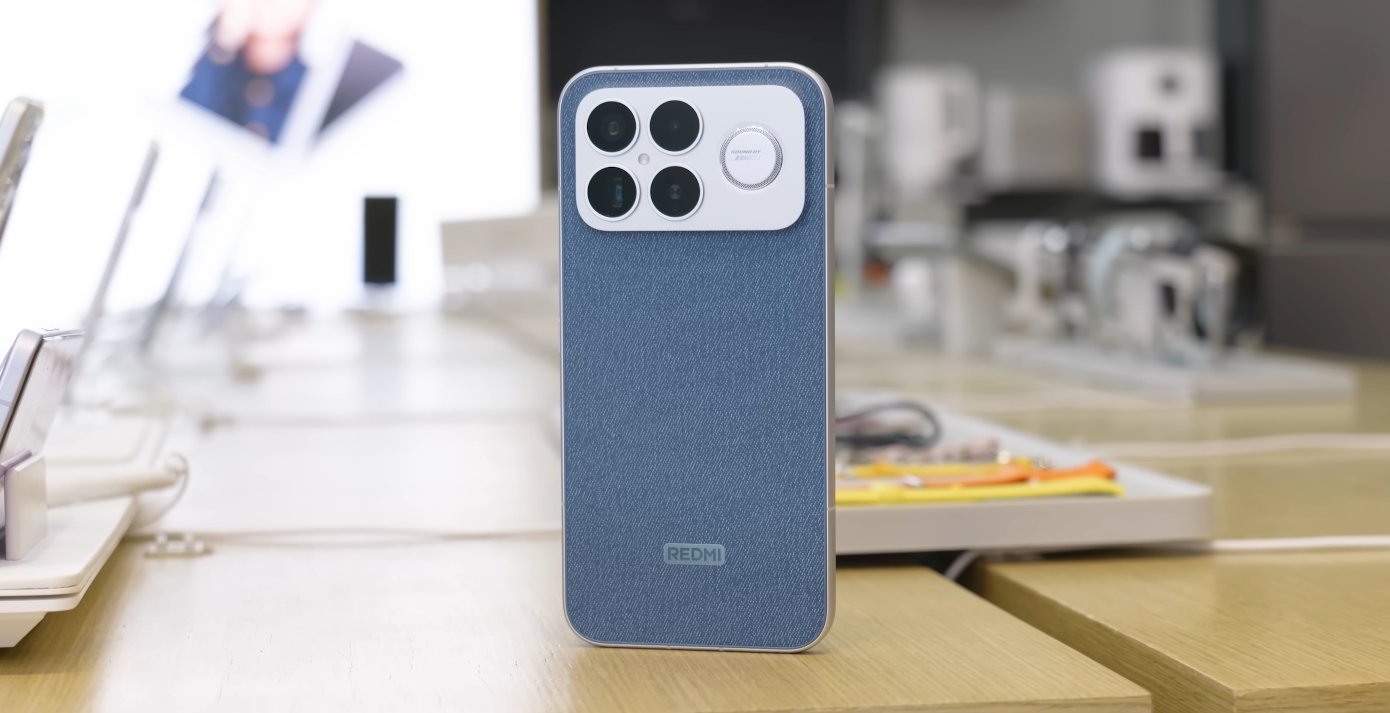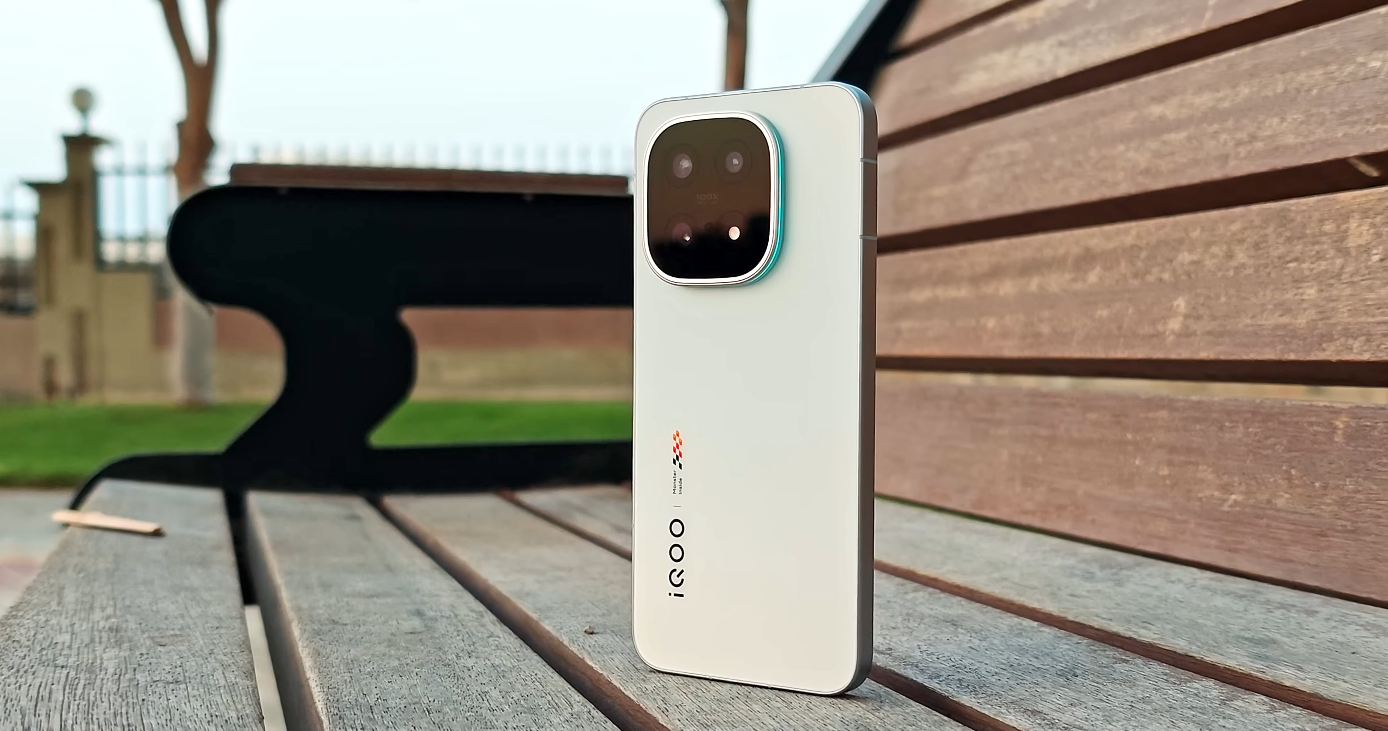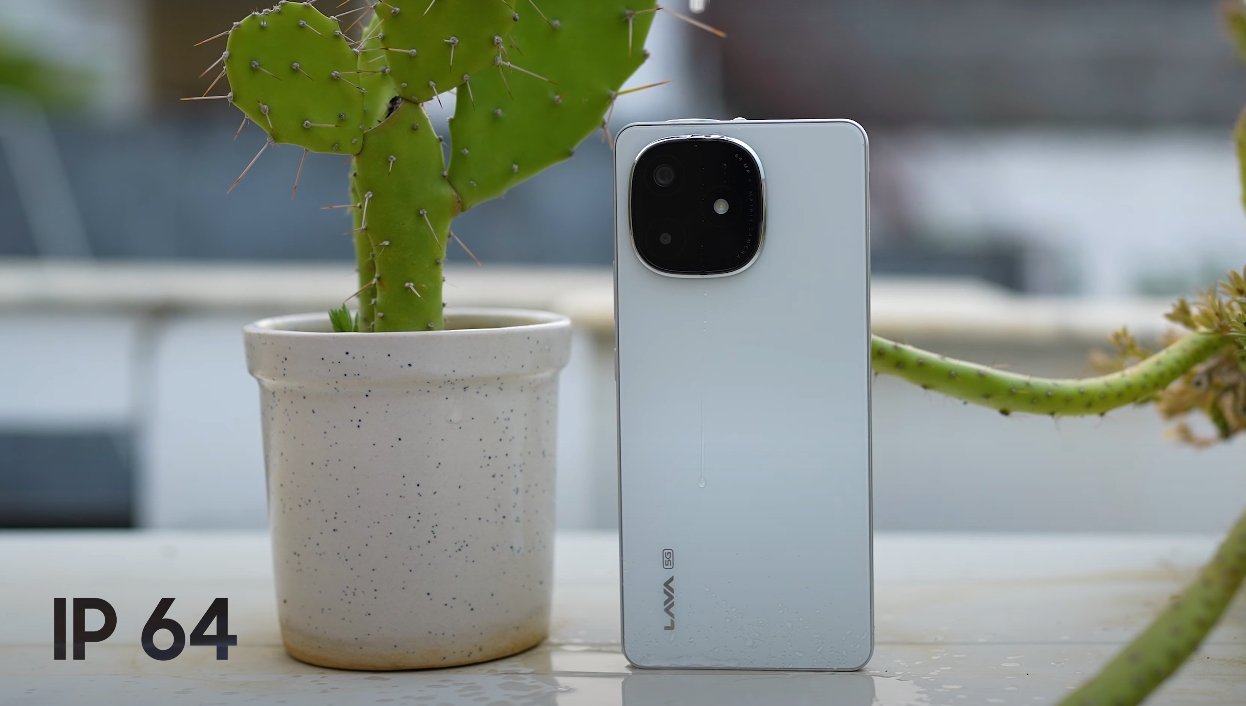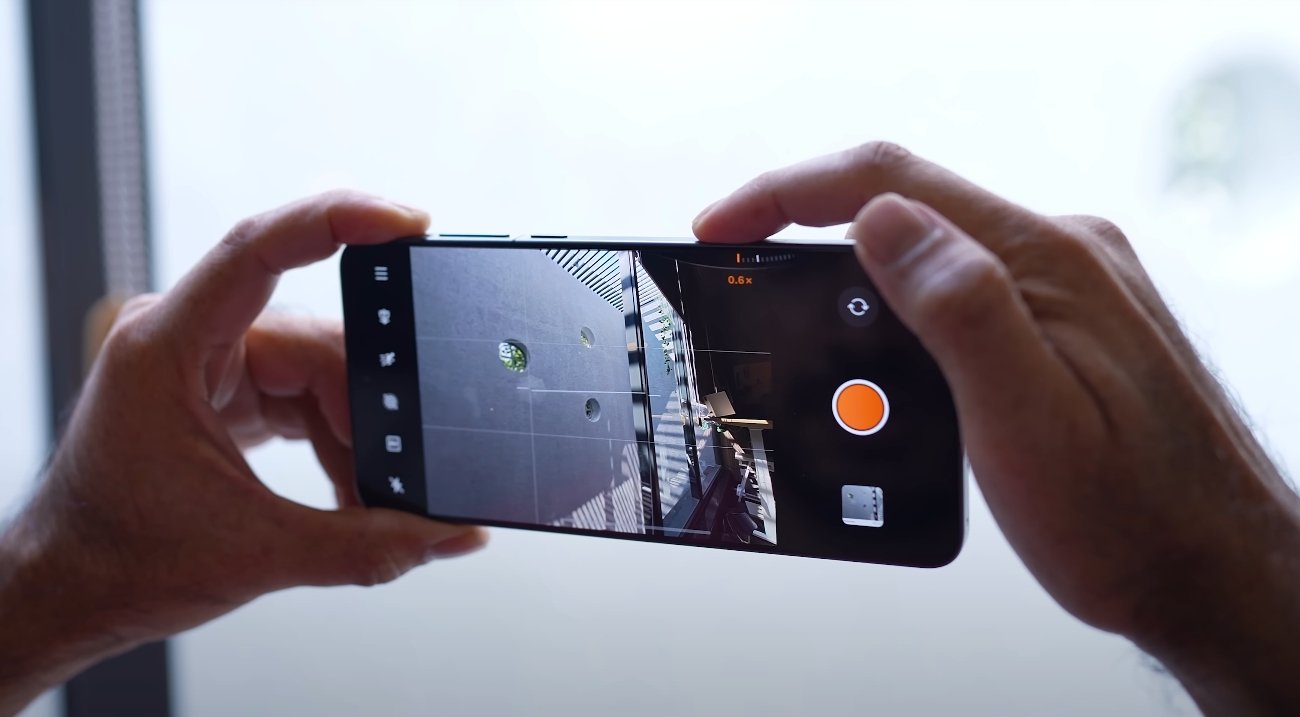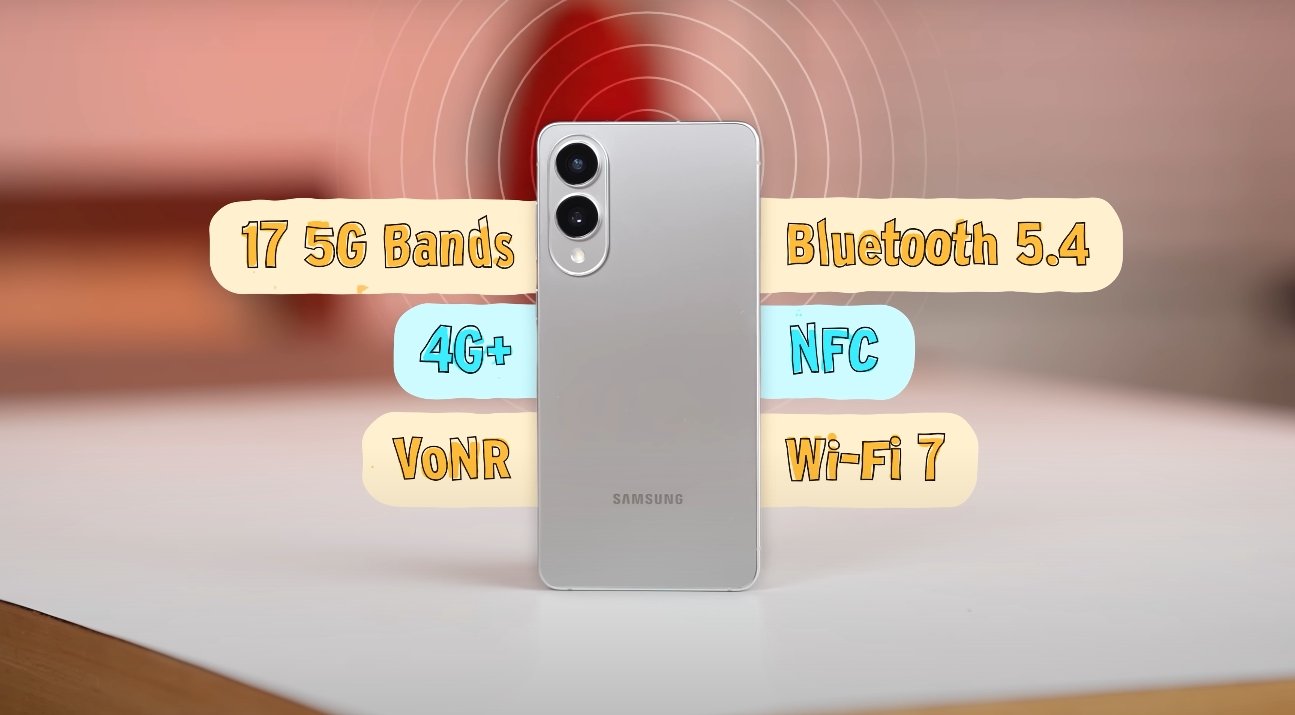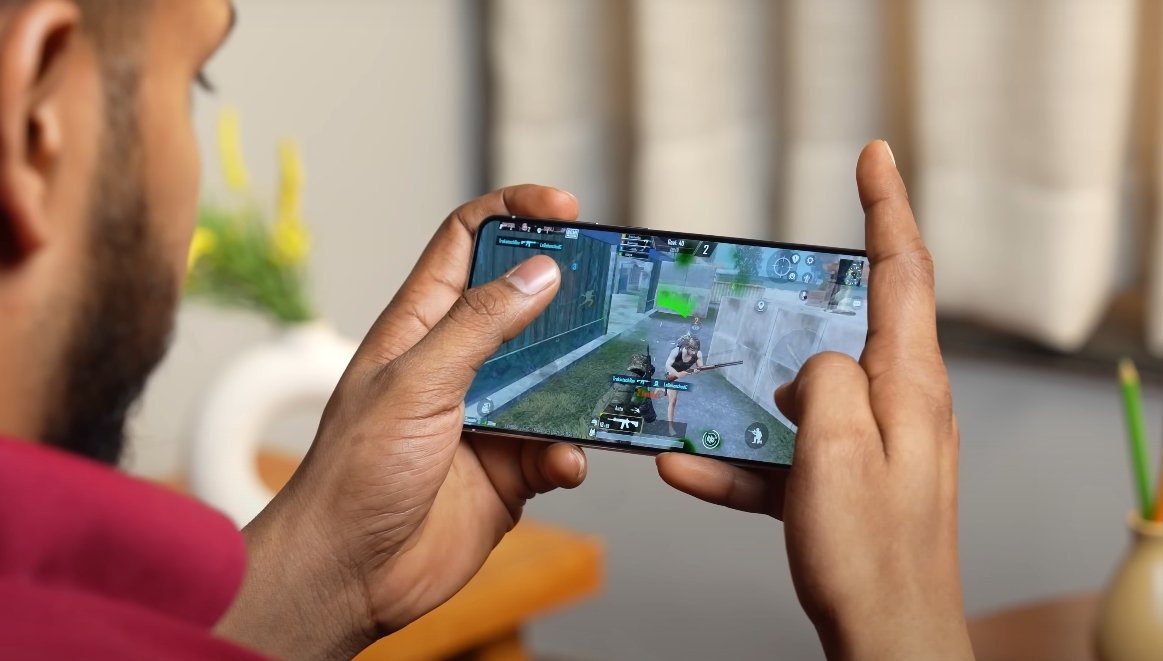Why the Redmi K90 Pro Max Could Be the Ultimate Student-Friendly Flagship
The Redmi K90 Pro Max has sparked excitement among tech enthusiasts around the world, and Canadian students are paying close attention. With flagship-grade hardware, a sleek design, and a lower price than most premium competitors, it promises to deliver a powerful experience without straining a student budget. But is it truly the best value option for Canadian students, or are there trade-offs that make waiting for its global release the smarter choice?
One of the biggest reasons students are drawn to the Redmi K90 Pro Max is its incredible set of specifications for the expected price range. Powered by the Snapdragon 8 Elite Gen 5 chipset, it offers cutting-edge performance usually found in far more expensive devices. The phone features a stunning 6.9-inch 120Hz OLED display with 2K resolution, making it ideal for streaming, studying, and even light gaming. Whether students are editing documents, watching lectures, or scrolling through social media, the display delivers crisp visuals and smooth responsiveness that elevate the daily experience.
Battery life is another key factor for students, especially those who spend long hours on campus. The K90 Pro Max’s massive 7,560 mAh battery easily lasts through a full day of mixed use, from video calls and navigation to research and media playback. For long study sessions or back-to-back classes, this kind of endurance means less anxiety about running out of power. The 100W fast charging and 50W wireless charging options add convenience, allowing the device to reach full power in minutes — a crucial benefit for students with busy schedules and limited downtime.
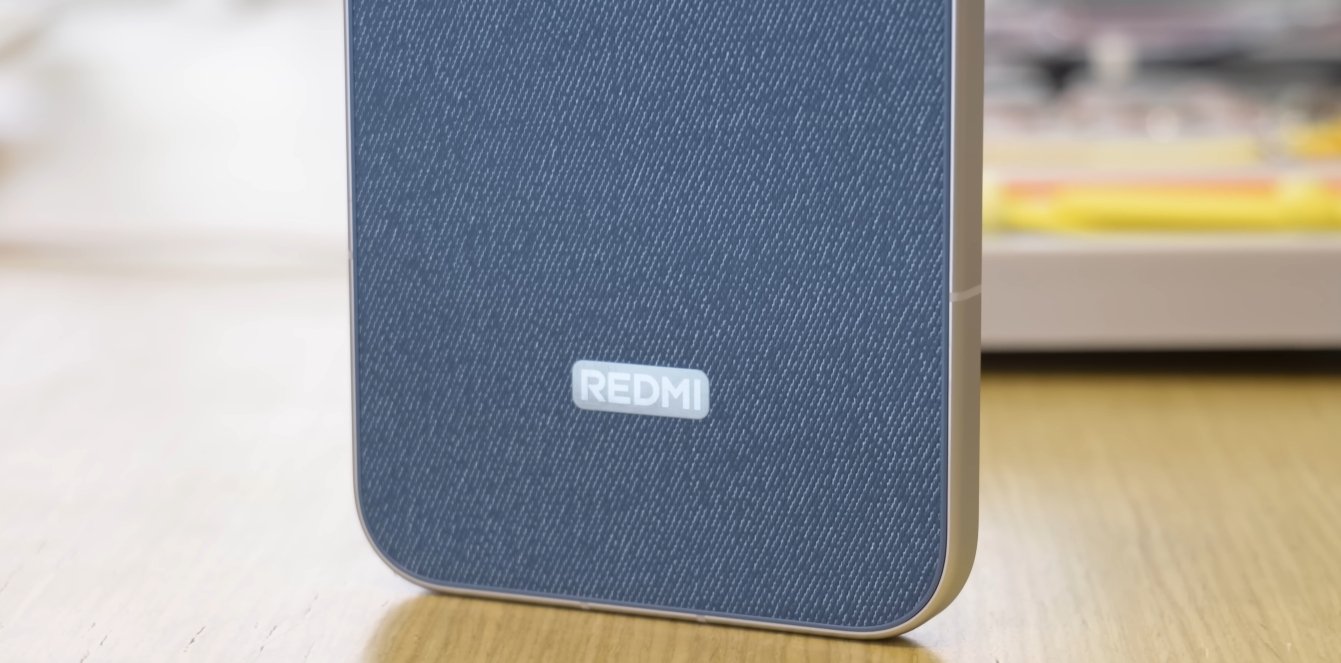
Photography and content creation are also strong selling points for the Redmi K90 Pro Max. With a triple 50MP camera setup featuring a periscope telephoto lens, it allows students to capture professional-grade photos and videos. This makes it not only a great choice for casual use but also for those studying visual arts, digital media, or content production. The built-in camera features, along with enhanced image stabilization and AI optimization, make it easy to shoot campus life, nature, or events without needing a separate camera.
However, despite its impressive features, Canadian students should be aware of potential challenges that come with the current Chinese version of the device. One major concern is network compatibility. The Chinese model may not fully support all Canadian LTE and 5G bands, which could lead to inconsistent connectivity on local carriers like Bell, Telus, or Rogers. This might not be noticeable in urban centers but could cause issues in suburban or rural areas where specific frequency bands are essential for stable service. Waiting for a global or North American release would ensure full compatibility and official carrier certification, giving students a more reliable experience.
Warranty and after-sales service are another important consideration. Imported models often do not come with local warranty coverage, meaning repairs or replacements could involve expensive international shipping or third-party service providers. For students who rely heavily on their phones for classes, assignments, and communication, the lack of quick repair options can be a serious drawback. A global release would likely include local service centers and region-specific warranty policies, making long-term ownership much more secure and stress-free.
Software and user experience are also worth examining. The Chinese version typically ships with region-specific firmware, which may lack preinstalled Google services or include unwanted apps that can’t easily be removed. Students who depend on Google tools like Drive, Docs, and Meet for their coursework could face setup challenges. The global variant, by contrast, will ship with full Google integration and localized updates, ensuring smoother compatibility with the tools Canadian students use daily.
Another important factor is cost and overall value. While the Chinese launch price is competitive, importing can introduce extra expenses such as shipping fees, customs duties, and taxes, narrowing the savings compared to locally available models. Furthermore, imported phones usually have lower resale value in Canada due to lack of certification and warranty coverage. By waiting for an official release, students can access legitimate retailer offers, student discounts, and carrier financing options that make ownership more affordable and worry-free.
Still, even with these trade-offs, the Redmi K90 Pro Max remains a highly appealing device for students seeking flagship-level performance without the premium price tag. It’s a perfect match for those who prioritize performance, display quality, and battery life over brand prestige. Its durability, large battery, and fast charging make it ideal for university life, while the camera system supports both creativity and social use.
In conclusion, the Redmi K90 Pro Max represents one of the strongest contenders in the value flagship category, especially for Canadian students who demand top-tier performance at a reasonable price. However, the smartest move may be to wait for the official global version, ensuring full network compatibility, software optimization, and warranty protection. For students looking for a powerful, future-ready smartphone that balances cost and capability, the Redmi K90 Pro Max could easily become the best value flagship choice once it officially reaches Canada.
